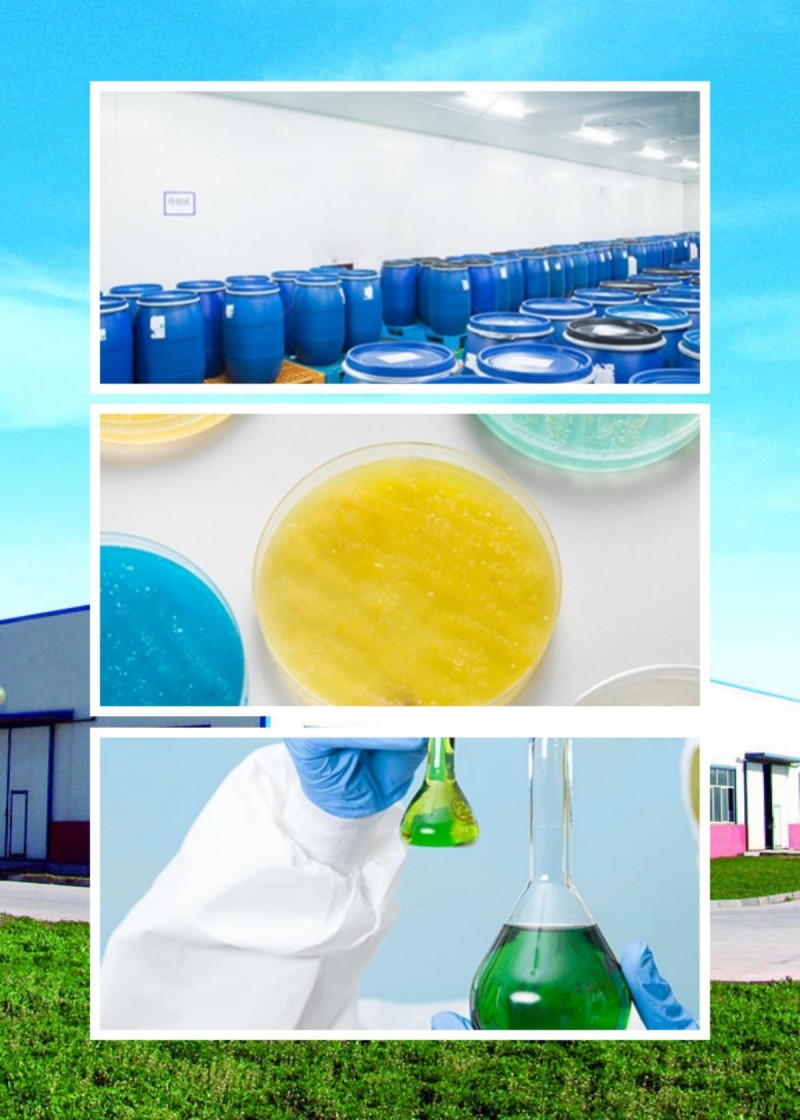n-propanol, also known as 1-propanol, is an organic compound with a simple structural formula of CH3CH2CH2OH, a molecular formula of C3H8O, and a molecular weight of 60.10. At room temperature and pressure, n-propanol is a transparent colorless liquid with a strong musty smell similar to external alcohol, soluble in water, ethanol and ether. Generally, propionaldehyde is obtained by the synthesis of ethylene by carbonyl group, and then reduced to obtain. N-propanol can replace ethanol with a lower boiling point as a solvent and can also be used for chromatic analysis.
n-Propanol is listed in the List of Hazardous Chemicals
, and controlled in accordance with the Regulations on the Safety Management of Hazardous Chemicals
Chemical properties
Acidity of alcohols
Both n-propanol and water contain a hydrogen bound to an oxygen atom, which exhibits a certain degree of acidity, but due to the electron-giving effect of alkyl groups, the electron density on the oxygen atom in the alcohol is higher than in water, so the acidity of alcohol is weaker than that of water (but stronger than alkyne hydrogen). Alcohol can not react with the aqueous solution of alkali, but can only react with alkali metal or alkaline earth metal to release hydrogen, and form alcohol salts or alcoholides. For example, n-propanol reacts with sodium and magnesium to generate sodium n-propanate and magnesium n-propanate:
The activity of hydrogen atoms in alcohol hydroxyl groups is much lower than that of hydrogen in water, so the effect of alcohol and sodium metal is relatively moderate.


Related News
Submitted successfully
We will contact you as soon as possible







